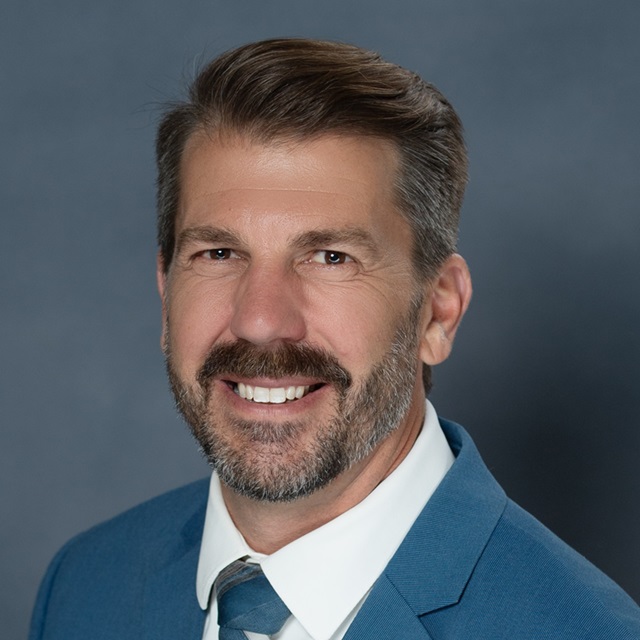Creek Care Guidance
Creeks and streams are an important part of our watersheds and keeping them healthy is vital for preserving their overall well-being and functionality. Our waterways connect us to each other and our communities and are a valued natural resource. Almost 75% of the County's waterways are located on private property, making landowners the most important stewards of our creeks and streams.
Whether your creek flows continuously year-round or just during storm events, it is important to understand its natural ecology and protect it. Through proper creek care, landowners can maintain and improve property values, prevent erosion problems, reduce flooding, protect water quality, and enhance fish and wildlife populations.
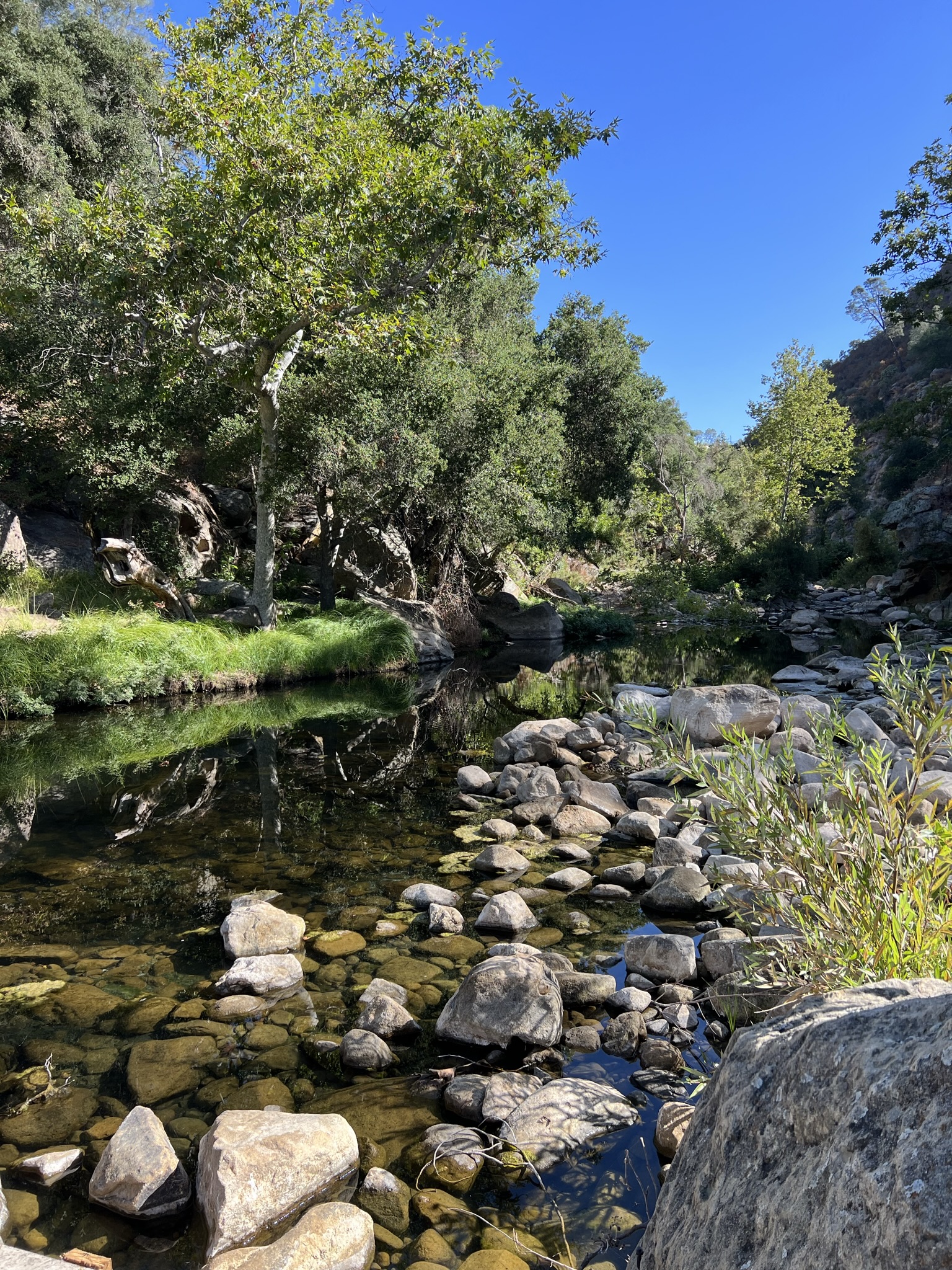
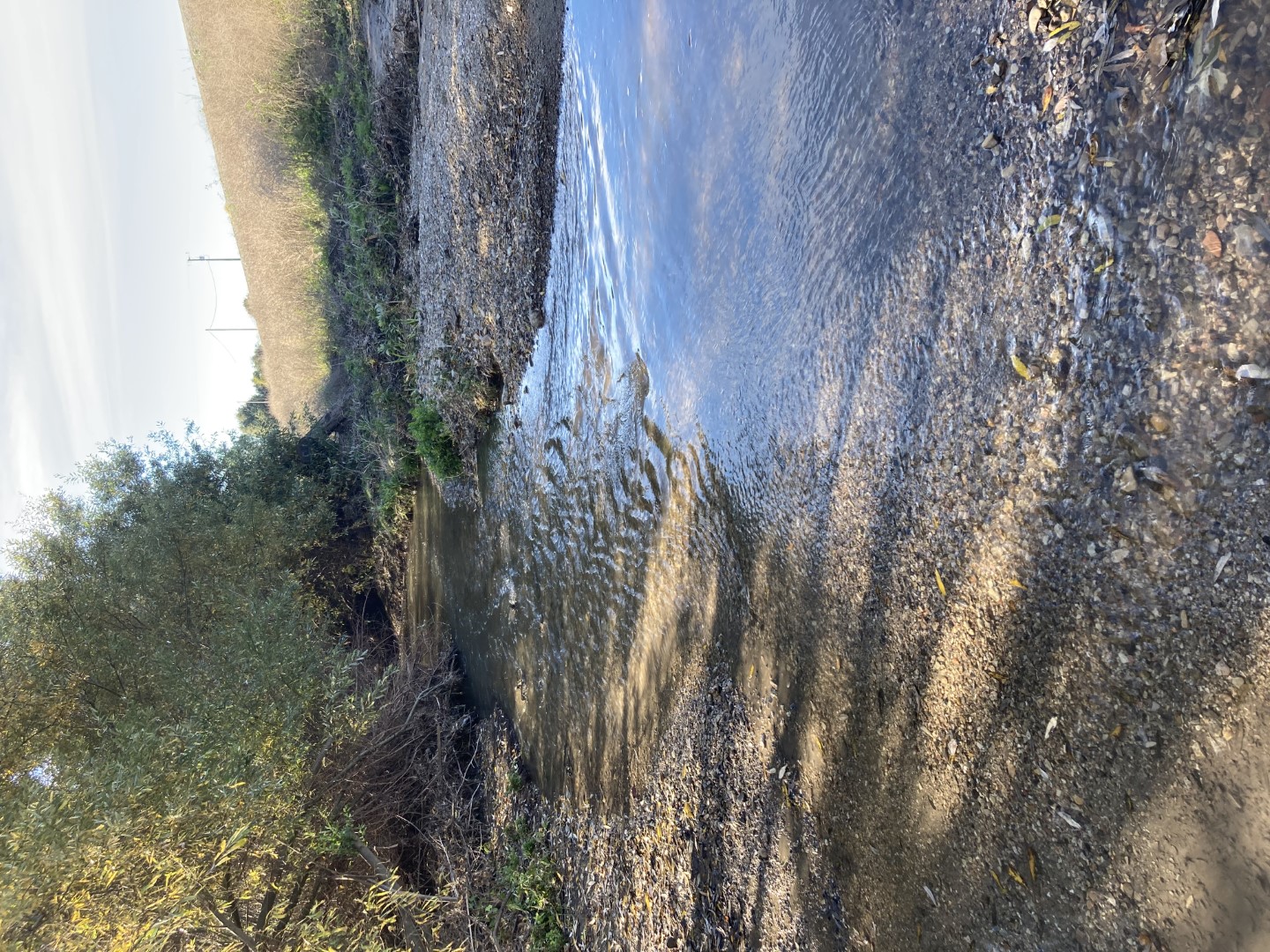
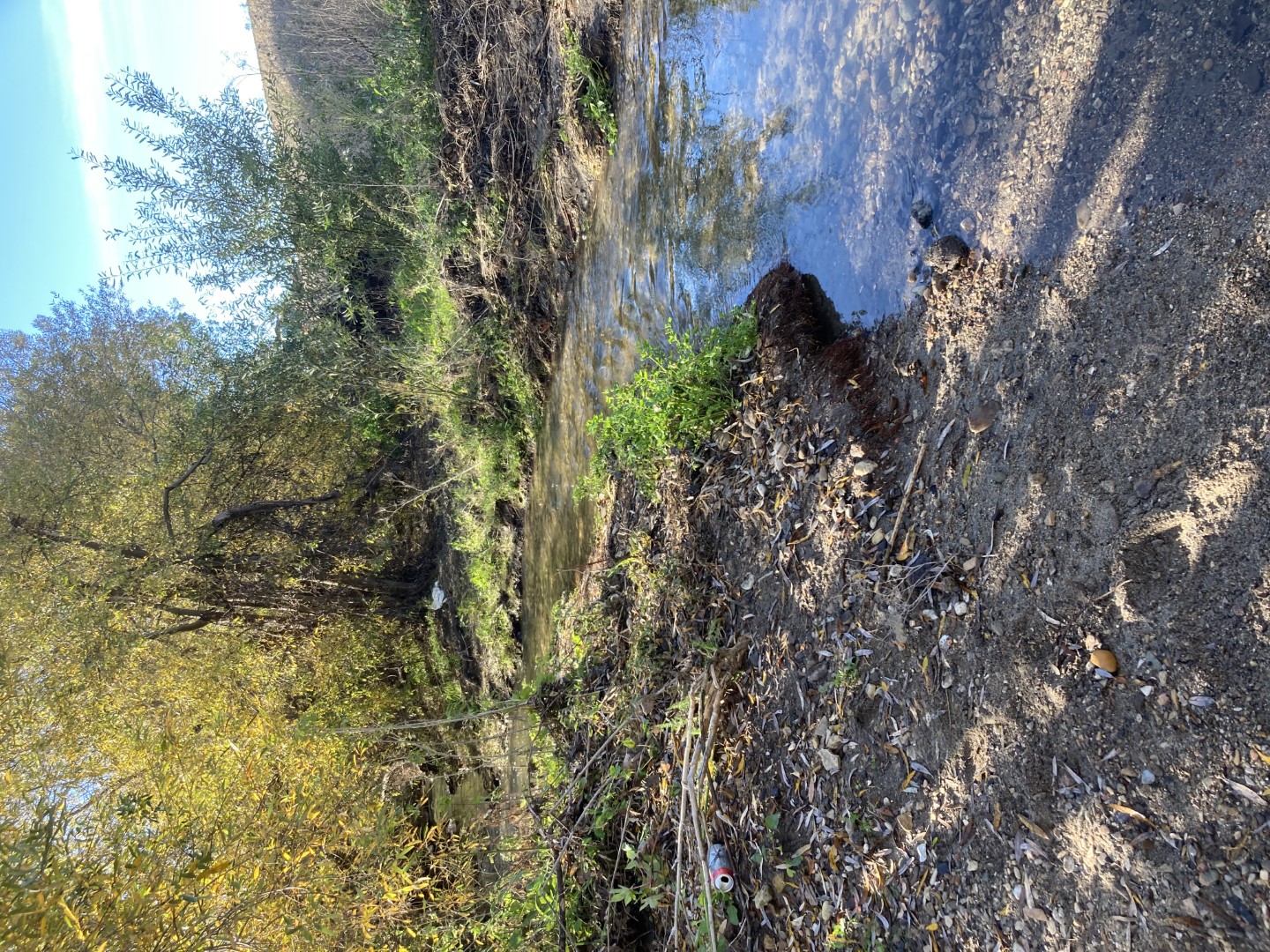
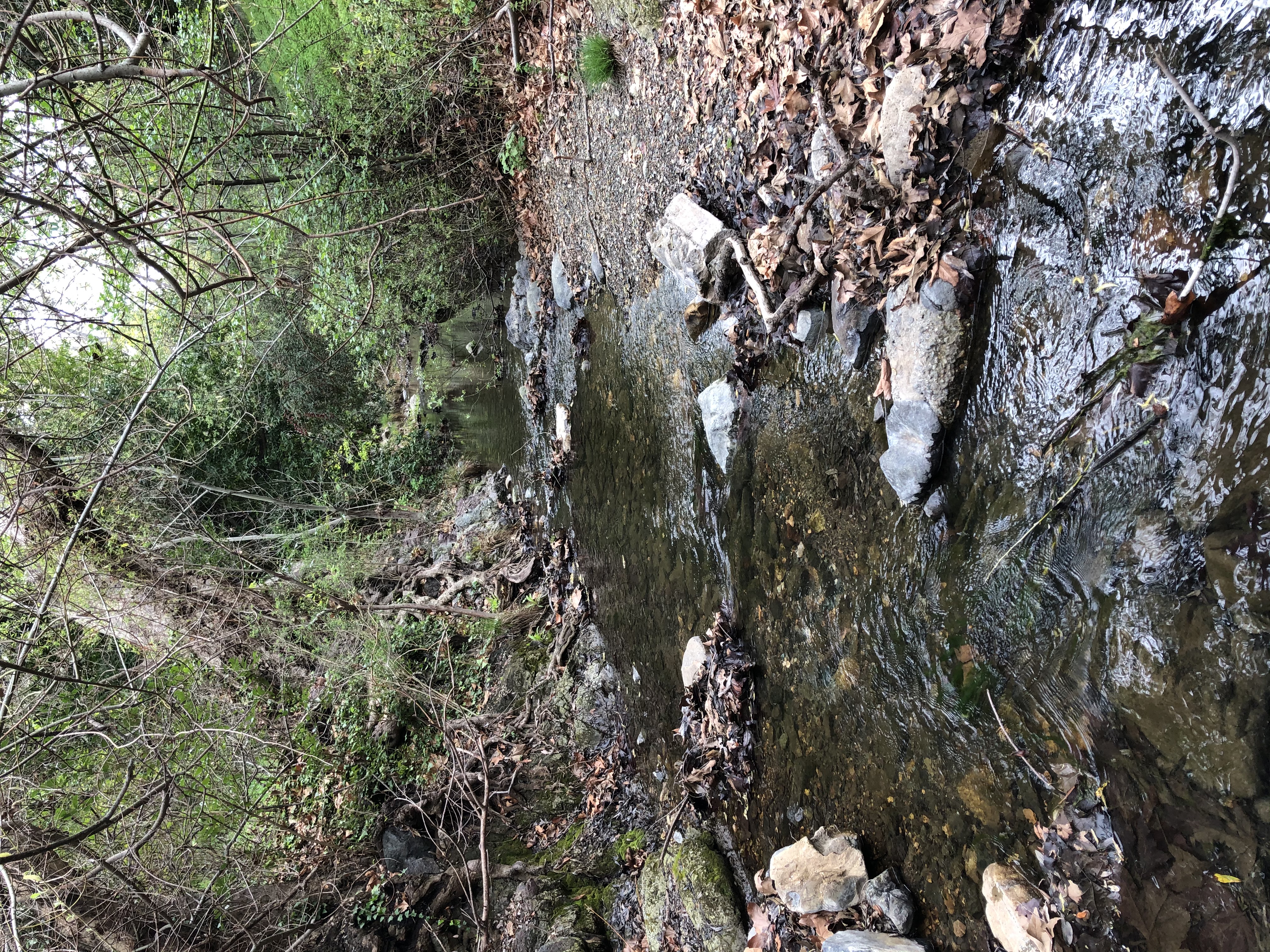
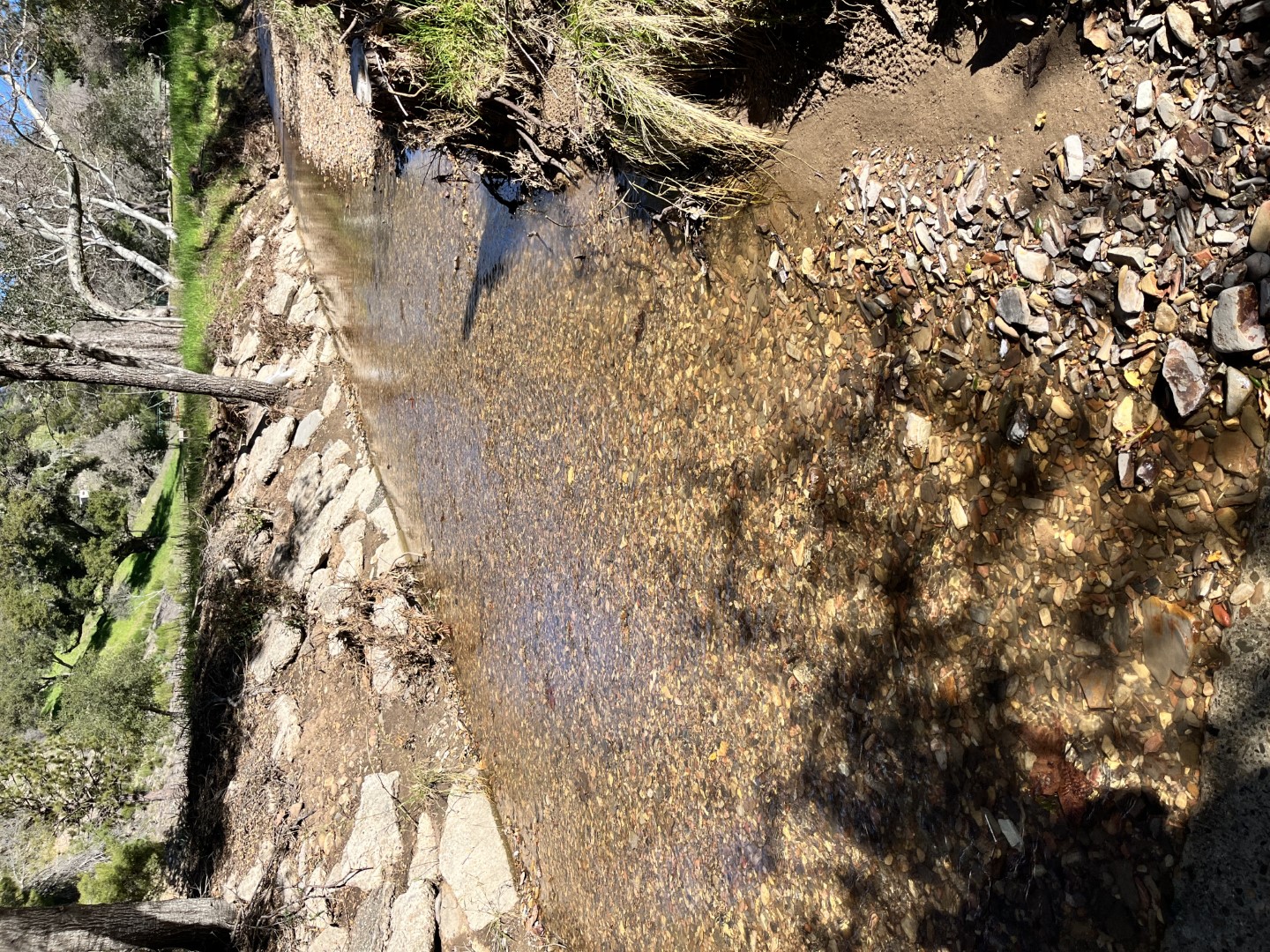
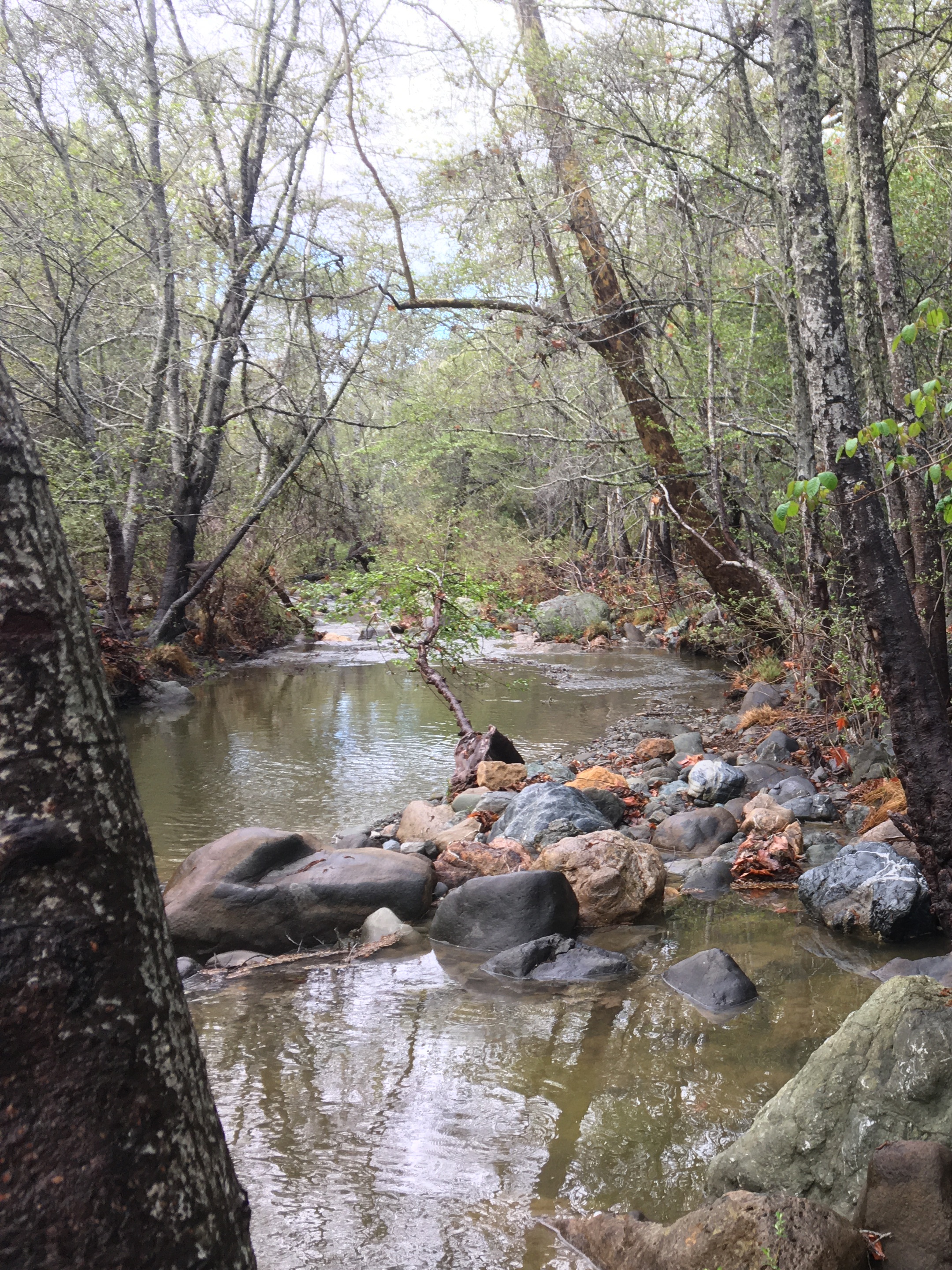
The following FAQs are compiled to help provide landowners with resources and guidance they may need to help maintain healthy waterways.
FAQs
If the woody debris is causing immediate or significant safety or flooding hazard, it can be cut into smaller pieces and removed with non-motorized equipment. The removal should not impact the bed or banks of the waterway, should be conducted in dry conditions, and should not impact nesting birds.
Bird nesting season is February 1 to August 31.
Removal of large woody debris that modifies the flow of a waterway may require a permit from the California Department of Fish and Wildlife (CDFW). CDFW maintains a webpage explaining Lake and Streambed Alteration Agreements. It is the responsibility of the property owner to obtain necessary permits and conduct the debris removal.
Non-mechanized hand removal of non-native vegetation generally does not require a permit. The San Luis Obispo County Weed Management Area has information about common types of non-native plants found in San Luis Obispo County and alternatives that can be replanted in the same habitat. The California Invasive Plant Council also maintains a planting guide with helpful recommendations.
The vegetation removal should not impact the bed or banks of the waterway, should be conducted in dry conditions, and should not impact nesting birds. Bird nesting season is February 1 to August 31.
It is important to avoid fully clearing native low-growing vegetation in creek and stream channels. Low-growing understory vegetation is important to healthy waterway habitats.
The California Department of Fish and Wildlife (CDFW) requires notification prior to extracting or moving gravel, sand, rock, or other aggregate material in a stream, creek, or channel.
These activities may require an agreement issued by CDFW. CDFW maintains a webpage specifically explaining Lake and Streambed Alteration Agreements.
If the condition of the waterway on your property has created an emergency and increased risk of flooding or threatens life or property, see the question below for additional guidance.
Depending upon the location and scale of the project Federal, State and/or County permits may be required.
Building a berm or redirecting a waterway is classified as an activity that diverts the natural flow of a stream and/or changes the bed, channel or bank of a stream. These activities require notifying CDFW and obtaining a Lake & Streambed Alteration agreement (LSA Agreement) before beginning any work. CDFW maintains a webpage specifically explaining Lake and Streambed Alteration Agreements.
County Planning & Building maintains a list of qualified environmental consultants who can help determine what permits may apply to your project. You can also make an appointment with County Planning & Building to discuss your project and needs.
Yes. Depending on the location and size of your project Federal, State, and/or County permits may all be required.
If conditions on your property constitute an emergency, expedited permitting may be possible. See additional information in the questions below.
County Planning & Building maintains a list of qualified environmental consultants who can help determine what permits may apply to your project. You can also make an appointment with County Planning & Building to discuss your project and needs.
Creek bank repairs may require permits from Federal, State, and/or County agencies. As the landowner, you may need to apply for multiple permits. Permitting can be time intensive and may take up to a year to complete.
Your local Resource Conservation District may have additional resources and guidance available for project design and permit coordination with regulatory agencies. Contact the Coastal San Luis Resource Conservation District or the Upper Salinas Las Tablas Resource Conservation District to learn more.
If conditions on your property constitute an emergency, expedited permitting may be possible. See the question further down this page for additional information about emergency conditions.
County Planning & Building maintains a list of qualified environmental consultants who can help determine what permits may apply to your project.
The County does not file for permits to repair or maintain crossings, banks, or other waterway features on private property. The County does not have a fast-track or the ability to expedite or streamline permitting for applicants.
The Resource Conservation District in your area may have additional resources and guidance available to support the permitting process for your project. Contact the Coastal San Luis Resource Conservation District or the Upper Salinas Las Tablas Resource Conservation District to learn more.
If conditions on your property constitute an emergency, expedited permitting may be possible. See the question further down this page for additional information about emergency conditions.
Emergency conditions generally include an imminent threat to life or property. Agencies that regulate activities in waterways each have provisions for conducting emergency work or repairs to protect life and property. It is important to notify all regulatory agencies when emergency work is necessary, before starting the work.
California Department of Fish and Wildlife Emergency Information
Yes. Protecting bare soils with native trees, shrubs and grasses, or natural wood chip mulch will help prevent erosion. Sterile straw or fully biodegradable erosion control blankets can also be installed on gentle slopes to help protect exposed soils. Installing willow stakes is another common practice that can expedite stabilizing revegetation.
More significant stabilization efforts on the waterway banks or bed that involve rock, rip rap, or concrete will require agency permitting.
The Resource Conservation District in your area may have additional resources and guidance available to support you. Contact the Coastal San Luis Resource Conservation District or the Upper Salinas Las Tablas Resource Conservation District to learn more.
It is the responsibility of the property owner to remove litter and trash from waterways to ensure a healthy watershed. The County does not organize cleanups or provide litter or trash removal services for waterways on private property.
The County encourages property owners to remove litter and trash from the waterways on their property prior to the rainy season.
While property owners have a responsibility to care for their property, there are no ordinances in the County’s Codes and Ordinances that explicitly require property owners to perform maintenance on the drainage infrastructure and/or waterways on their property.
It is the responsibility of each property owner to ensure their waterway is managed in a way that reduces flooding impacts, protects property, and does not impact water quality, fish, or wildlife populations.
The County does not intervene to require or conduct elective creek maintenance activities on private property at the request of neighboring properties.
Coordination efforts range from informal volunteer workdays to voting on a new tax to create and fund a formal zone of benefit or maintenance district.
For example, a Zone of Benefit was formed in the Oceano area (Zone 1/1A) to conduct waterway maintenance activities in lower Arroyo Grande Creek.
The Department of Public Works maintains a convenient online reporting form for community members to place a Road Service Request. The form is available on the Public Works Webpage.
You can also call the Public Works main reporting line at (805) 781-5252.
